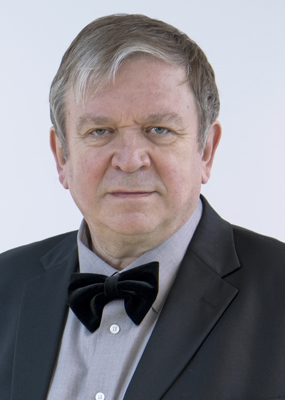
Speaker:
Nikolay I. Zheludev (University of Southampton, UK; Nanyang Technological University, Singapore)
Location:
Address:
Mitchell Physics Building
College Station, Texas 77843-4242
Professor Nikolay Zheludev’s research interests are in the nanophotonics, metamaterials and nonlinear optics. He has held a number of important academic appointment including senior Research Professorships from the Leverhulme Trust, the Engineering and Physical Sciences Research Council UK , the Royal Society and the European Research Council. Currently he is Co-Director of the Photonics Institute at Nanyang Technological University, Singapore and Deputy Director of Zepler Institute at the University of Southampton, UK. His accolades include the President’ Science and Technology Award in Singapore, the Thomas Young and the Michael Faraday Medals and Prizes. Zheludev is a Fellow of the Royal Society (UK) and Member of the National Academy of Engineering (USA).
Copyright © 2024. All rights reserved, Texas A&M University Trademark | Texas A&M University, College Station, Texas 77843